
High allocation rate, but "achievements" cannot cover up the risk of delays in a series of key projects
The Ministry of Finance 's report shows that the total public investment capital plan for 2025 reached more than 1,130 trillion VND, of which the capital assigned by the Prime Minister was about 902,057 billion VND. It is noteworthy that by the end of October, ministries, branches and localities had allocated nearly 1,034,000 billion VND in detail, equivalent to a detailed allocation rate of about 96.7% of the assigned plan.
However, the remaining amount, about VND 29,654.7 billion, equivalent to 3.3% of the capital plan, has not yet been allocated in detail. This figure is scattered among 18 ministries, central agencies and 27 localities, and mainly focuses on three important capital groups: additional capital from increased central budget revenue (about VND 23,556 billion), transferred capital (VND 3,919 billion) and unallocated capital at the beginning of the year (VND 2,086 billion).
Although accounting for only a small proportion, with a scale of nearly 30,000 billion VND, this "hanging" capital has become a direct "bottleneck", leading to a series of negative consequences. According to the analysis of the Ministry of Finance, "slow allocation means no disbursement, no longer able to wait". This delay not only affects the overall disbursement rate but also leads to slow project start-up, late-year payment, risk of capital increase, reduced construction quality and more seriously, directly affects the progress of key projects on transport infrastructure and social security programs.
Experts say the fourth quarter is the most important "sprint" in the disbursement cycle. If the allocation is not thoroughly resolved in November and early December, the risk of pressure building up to the last days of the budget year is very high. This has caused quality risks in previous years due to urgent acceptance and payment.
Thoroughly untangling the bottleneck: Overcoming inherent weaknesses in capital allocation, clearing 30,000 billion in "hanging" capital
To completely handle the unallocated capital, the Ministry of Finance has requested units to focus on completing procedures, reviewing the project list, transferring capital that is not needed or is slow to disburse to places with better implementation capacity. At the same time, the publicization of the list of units with slow allocation and slow disbursement will be enhanced to enhance the responsibility of the heads.
Despite achieving a high capital allocation rate, the implementation of public investment still reveals many inherent limitations, creating persistent "bottlenecks" that hinder disbursement speed. The biggest challenge lies in the preparation stage and legal procedures. Many projects, especially those using ODA capital and preferential loans, often face barriers due to the cumbersome and lengthy completion of agreements and internal procedures. A similar situation also occurs with National Target Programs, when waiting for signing or extension causes capital to "lie in wait" indefinitely. In addition, the uneven quality of project preparation is another serious problem. Many projects do not complete important documents such as basic design, impact assessment or appraisal in time, leading to ineligibility for capital allocation, forcing them to transfer or extend to the following year, wasting time and reducing investment efficiency.
One of the most chronic and difficult bottlenecks to solve is site clearance. Although the capital has been arranged, the failure to hand over the site on time makes it impossible to implement the project. This situation not only slows down the overall progress but also causes the capital to hang on the books, unable to be used effectively. This delay is often closely related to the implementation capacity of localities. In many places, there is a serious shortage of human resources with experience in project management, bidding and investment preparation. This difference in capacity slows down the progress of capital allocation and disbursement, especially in areas that need to boost infrastructure investment.
Finally, budget supervision and discipline still need to be tightened. Although the list of units that are slow to allocate capital has been announced, according to the Vietnam Financial Times, the sanctions for handling responsibilities are not strong enough, inspections are not regular and personal responsibilities are not clearly assigned. Weaknesses in supervision lead to a great risk of capital increase and hasty purchases at the end of the year. This is the riskiest period, when urgent acceptance, quick payment and rushed purchases can cause costs to increase, construction quality to decrease and potential waste of public budget.
These limitations show that the 3.3% unallocated figure is not just a statistic, but a warning sign of the risk of declining public investment efficiency if drastic action is not taken.
To thoroughly overcome bottlenecks and ensure the effectiveness of public investment, experts and the Ministry of Finance recommend the need to synchronously apply disciplinary solutions and drastic actions. First of all, it is necessary to set a "hard milestone" on time, the Ministry of Finance and localities must jointly commit to completing the allocation of all remaining capital in November and early December. Along with this timeline is the establishment of strong sanctions. It is necessary to apply clear handling regulations for units that are slow to allocate capital at both central and local levels, and even consider transferring unallocated capital to the following year.
In addition, enhancing transparency and discipline in capital management is indispensable. It is necessary to publicize the status of capital allocation and disbursement by week, by region, by industry. In particular, it is necessary to strengthen monitoring through digital technology , updating progress in real time to reduce dependence on paper reports. This transparency will create pressure and increase accountability of units. At the same time, competent authorities need to review the project portfolio with clear criteria: prioritizing capital for projects with high connectivity, clear disbursement capacity and large spillover effects, avoiding the situation of spreading allocation and lack of focus.
Finally, accelerating site clearance must be considered a key task. The recommendation focuses on applying the market-based compensation model to create consensus from the people, thereby increasing local initiative in allocating clean land. It is necessary to strictly handle projects that are slow to hand over site to ensure that the investment flow is not blocked. Removing the bottleneck of capital allocation is an important milestone so that 2025 is not only a year of record capital injection but also a year of timely capital injection and disbursement in the right direction. This is a test of public investment discipline, to ensure that projects start construction on schedule, disburse on schedule and public resources are used most effectively, making an essential contribution to maintaining economic growth momentum and realizing the set social development goals.
2025 must be a year of not only investing a lot of capital, but also investing the right capital, at the right time, in the right place and according to the absorption capacity of each locality./.
Source: https://vtv.vn/bo-tai-chinh-go-nut-that-phan-bo-het-von-dau-tu-cong-100251121154637031.htm


![[Photo] Prime Minister Pham Minh Chinh attends the patriotic emulation congress of the banking sector](/_next/image?url=https%3A%2F%2Fvphoto.vietnam.vn%2Fthumb%2F1200x675%2Fvietnam%2Fresource%2FIMAGE%2F2025%2F11%2F24%2F1763981997729_tt-nhnn-jpg.webp&w=3840&q=75)

![[Photo] National Assembly Chairman Tran Thanh Man receives a business delegation from the Europe-ASEAN Business Council](/_next/image?url=https%3A%2F%2Fvphoto.vietnam.vn%2Fthumb%2F1200x675%2Fvietnam%2Fresource%2FIMAGE%2F2025%2F11%2F24%2F1763989198212_ndo_br_bnd-7394-jpg.webp&w=3840&q=75)


























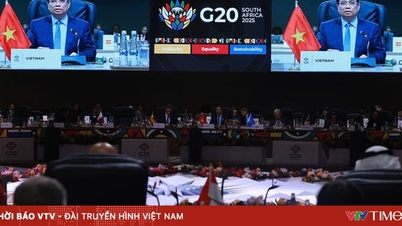
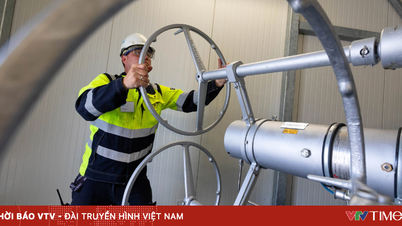


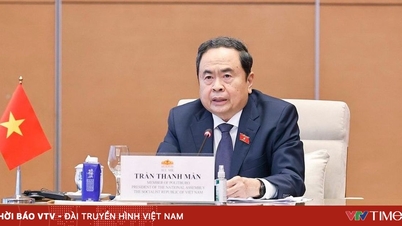



![[Photo] Next to the "mountain of trash" after the flood, Tuy Hoa residents strive to rebuild their lives](/_next/image?url=https%3A%2F%2Fvphoto.vietnam.vn%2Fthumb%2F1200x675%2Fvietnam%2Fresource%2FIMAGE%2F2025%2F11%2F24%2F1763951389752_image-1-jpg.webp&w=3840&q=75)





















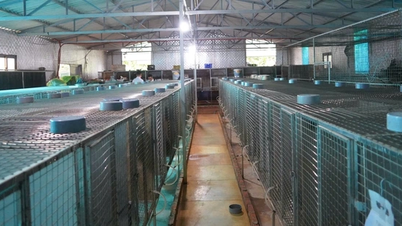





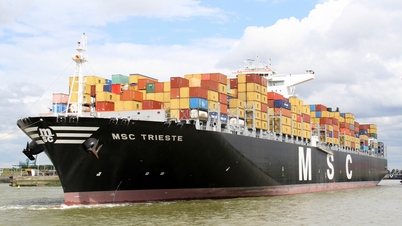















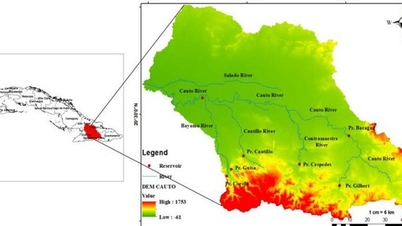





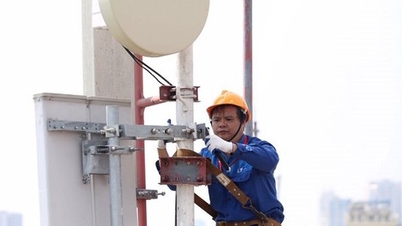






















Comment (0)